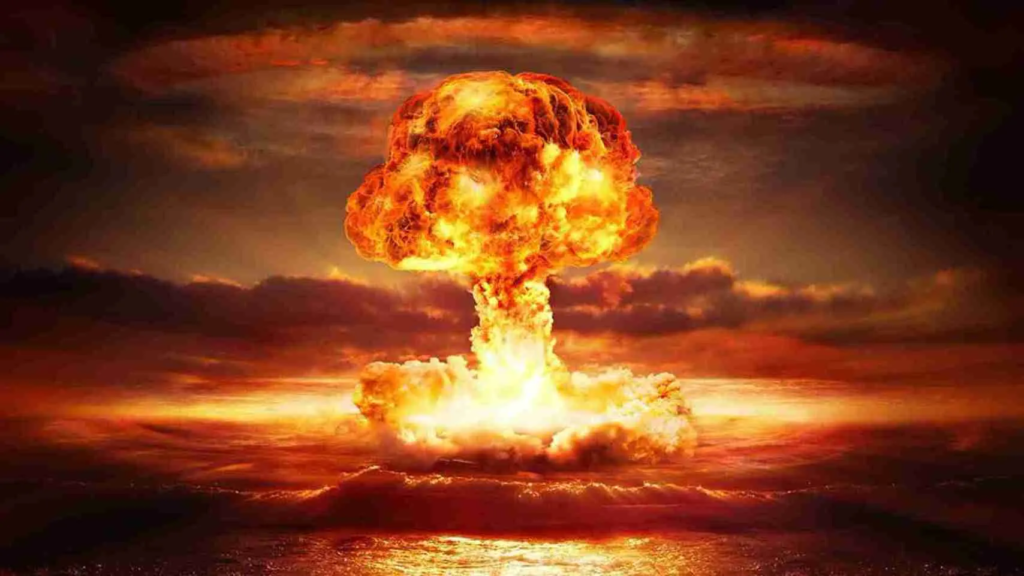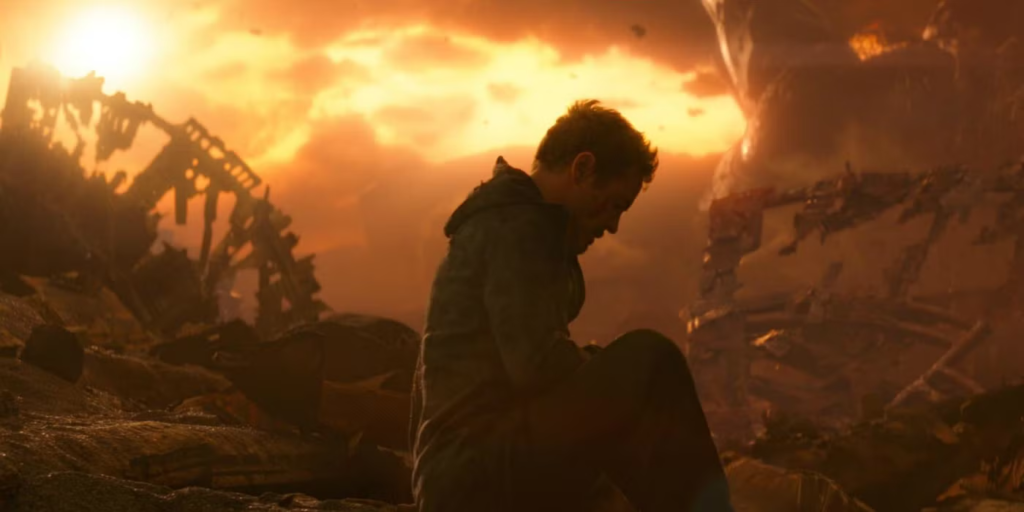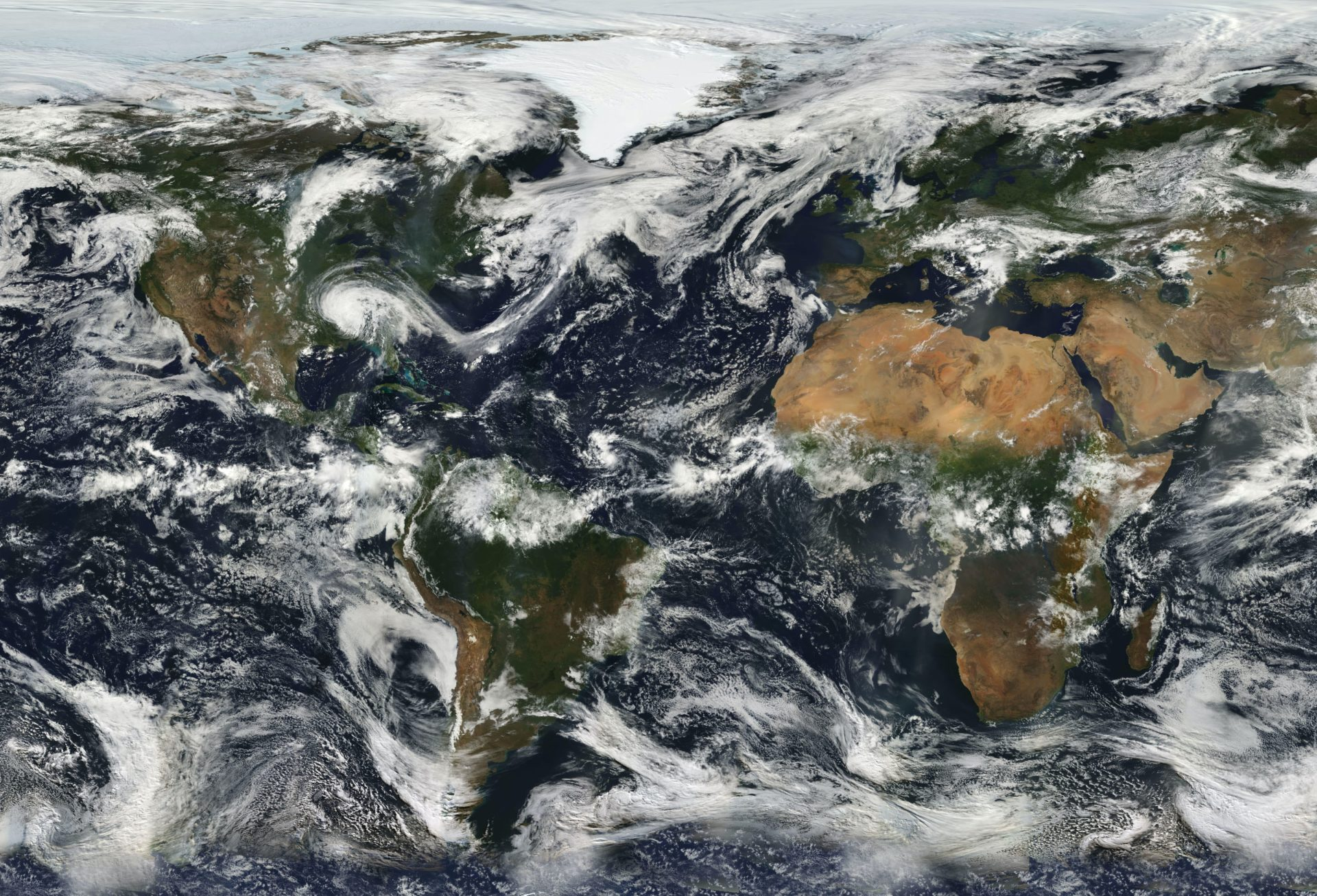A recently released map has unveiled a grim reality: in the event of a sudden and massive nuclear attack, up to 75 percent of the U.S. population, approximately 250 million people, could be instantly incinerated.
This startling revelation highlights the potential devastation that modern nuclear weapons could bring, underscoring the rising threats posed by geopolitical tensions and advancements in missile technology.
The United States remains a key target for adversaries like Russia and China, whose intercontinental ballistic missile (ICBM) capabilities have advanced to a point where American cities could be obliterated within minutes.
The Unfolding Nuclear Threat
The geopolitical climate has seen a significant shift over the past few years, with the breakdown of nuclear arms control agreements and the rapid development of new weapons systems. The United States and Russia have both abandoned long-standing arms control treaties, leading to an escalation in nuclear arms proliferation.
The nuclear arsenals of major world powers remain vast, with Russia possessing approximately 5,580 nuclear warheads, the U.S. maintaining 5,044, and China holding between 500 and 600 warheads.
The latest map, created by Halcyon Maps using data from the Federal Emergency Management Agency (FEMA), provides a visual representation of the catastrophic impact of a nuclear strike on American soil.
Read : Our Nuclear Weapons Are for Combat, Not Bargaining: North Korea
The map highlights the blast radius, fallout patterns, radiation exposure levels, and population density in different zones, revealing which areas would be most affected. The East Coast, Midwest, and West Coast, along with parts of the South, are expected to be the primary targets due to their high population densities and economic significance.
Additionally, military installations, including ICBM silos in states like Montana, Colorado, Wyoming, and North Dakota, would be among the first locations struck in an all-out nuclear war.
Devastation and Fallout Consequences
A nuclear attack of this scale would result in immediate destruction on an unprecedented level. Major metropolitan areas such as New York City, Los Angeles, Washington, D.C., and Chicago would be obliterated within seconds, leaving behind nothing but radioactive ruins.
The intense heat and shockwaves from nuclear detonations would vaporize millions instantly, while others would succumb to firestorms and radiation exposure in the aftermath.
Read : List of Nine Countries with nuclear weapons
The spread of nuclear fallout would be equally devastating. The radioactive cloud produced by nuclear explosions would drift across the country, contaminating vast regions.

Areas such as California, much of the East Coast, and parts of the Midwest would suffer severe radioactive exposure, rendering them uninhabitable for weeks or even months. Survivors in these zones would be forced to take shelter for extended periods to avoid lethal doses of radiation.
Despite escaping immediate annihilation, regions such as western Texas, parts of Nevada, Michigan, and Wisconsin would not remain safe for long.
A phenomenon known as nuclear winter would set in, leading to plummeting temperatures, disrupted agriculture, and widespread food shortages. The environmental consequences of a large-scale nuclear conflict would make survival difficult even in areas that were not directly hit by nuclear explosions.
The Rising Risk of Nuclear War
Experts have warned that the likelihood of a nuclear conflict has risen dramatically due to shifting global power dynamics and deteriorating diplomatic relations between nuclear-armed nations. The U.S. and its allies have engaged in numerous geopolitical conflicts, including proxy wars in Europe and the Middle East, increasing tensions with rival superpowers.
Military strategists have pointed out that a nuclear strike on U.S. soil could come in multiple forms, including ICBMs launched from adversarial nations or submarine-based missile attacks positioned close to American borders.
ICBMs fired from Russia or China could reach the U.S. mainland within 30 minutes, while submarine-launched missiles could strike key targets in as little as 15 minutes. Given such short response times, the chances of preparing or evacuating civilians before an attack would be nearly impossible.
Dr. John Schuessler, an associate professor of international affairs at Texas A&M University, has emphasized that Americans have legitimate concerns about being dragged into global conflicts.

While the U.S. has so far avoided direct involvement in ongoing wars in Europe and the Middle East, its continued support for allied nations increases the possibility of retaliation from adversarial states.
The current trajectory of international relations suggests that the risk of nuclear war will continue to grow unless diplomatic efforts are intensified.
The need for renewed arms control agreements and de-escalation strategies has never been more urgent. Without such measures, the world inches closer to a scenario where nuclear conflict is no longer just a theoretical possibility, but an impending reality.
The newly released map serves as a sobering reminder of the catastrophic consequences of nuclear warfare. As nations continue to develop and stockpile nuclear weapons, the possibility of their use becomes increasingly real.
The global community must work together to prevent such a catastrophe, ensuring that the future of humanity does not end in radioactive ruins.
let’s enjoy few years on earth with peace and happiness….✍🏼🙏

